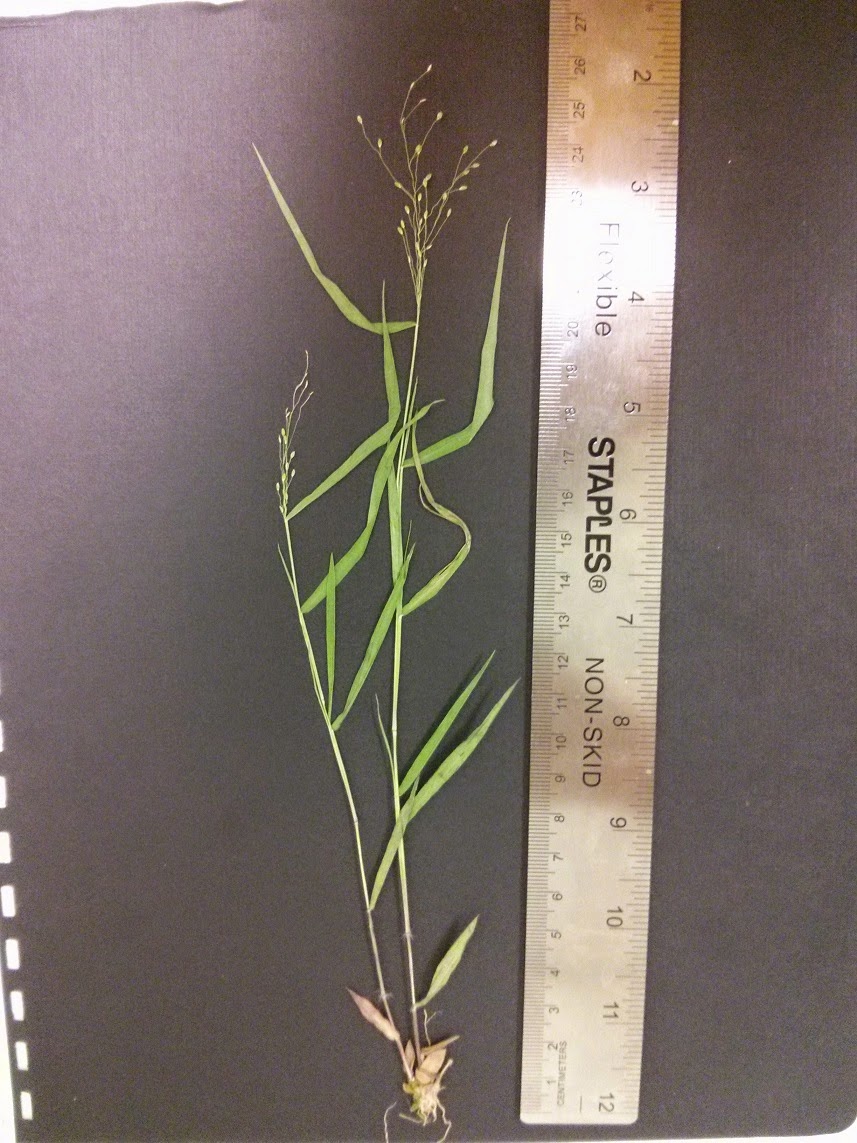Go!
I bought a microscope off kijiji a while back.
It was an interesting transaction that involved looking through an old
guy's 15 year portfolio of microscope photography of bacteria before
handing him a wad of twenties and scoring a nice little setup.
It's
come in handy for identifying things and documenting with photos, like
this grass I found in Brant County back in June. It's spreading panic grass (Dichanthelium dichotomum var. dichotomum)
a panic grass that's listed as S2 in the province (5-20 occurences).
Apparently it hasn't been recorded in the county for at least 20 years so that's pretty alright.
The
habitat I found it in was dominated by pignut hickory (Carya glabra) - a rare tree species that you see occasionally along the Grand River between Cambridge down to Brantford, red oak (Quercus rubra), white oak (Quercus alba) and black oak (Quercus velutina).
Whenever I see white oak or black oak in this part of Ontario I take it
as a good indicator that you're into something good, or at least
there's potential. I also came across cow-wheat (Melampyrum lineare).
Apparently Panicum and Dichanthelium were split based upon length of the terminal panicle (the seedy bit at the top). The split is right about 10cm, greater than and you're looking at a Panicum, less than and you're looing at a Dichanthelium. This is only a chunk of the plant, the rest (and all it's siblings) are back in Brant.
It's the spikelets that make this one stick out, completely glabrous (smooth). Since we're talking dichotomous, check out how quickly this dichotomous key points you to spreading panic grass. Pretty convenient for a group as daunting as panic grasses, and pretty cool that it's a rare one!





Thanks for the quick tip on the Panicum/Dichanthelium split!
ReplyDelete